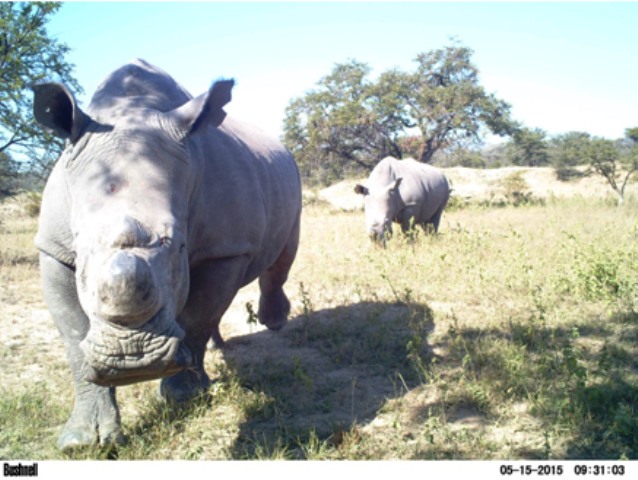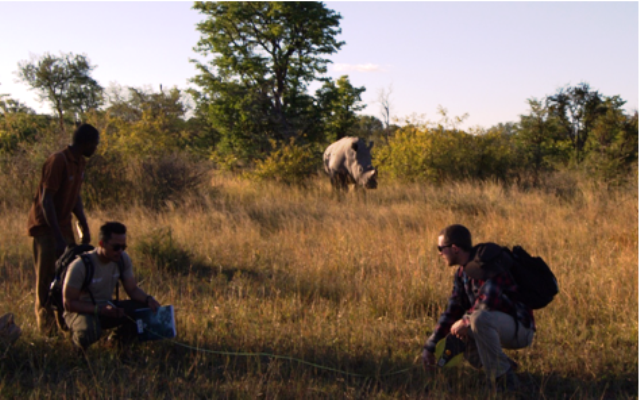AHMAD FAISAL – Salibonani bangane! (Nice to see you friends!)
Although the 2014/2015 MRes Wildlife Conservation programme has now finished, I wanted to give you a brief update on the research that I conducted in Zimbabwe. Both Andrea and I were based at Dambari Field Station, headquarters of the Dambari Wildlife Trust. My research was conducted within Matobo National Park and was carried out for 8 weeks, starting from early May to the end of June, under the supervision of Dr. Nicola Pegg (Marwell Wildlife’s field biologist based in Zimbabwe) and Dr. Jake Snaddon (The University of Southampton). Whilst Andrea investigated the relationship between human impacts, herbivore abundance and fire regime (check out his blog here: http://blog.soton.ac.uk/wildlifeconservation/2015/07/30/litshone-njani-zimbabwe-good-afternoon-zimbabwe/), I focused on exploring habitat use by white rhino.
Matobo National Park, a UNESCO World Heritage Site, is located 40 km south of Bulawayo in southern Zimbabwe. Movements of the white rhino population inside and outside of the park boundaries have raised concerns that the individuals may enter high risk poaching areas, due to close proximities of park fences with public roads. Sadly, this cause for concern has proven to be true, with the devastating loss of a rhino to poachers in May earlier this year.
My research aimed to compare resource availability for the white rhino inside and outside the park to determine whether food resources were contributing to the observed movement patterns of the white rhino inside and outside the park boundaries. Camera traps were installed in a grid pattern within the study area to evaluate rhino movements and a line transect survey was conducted to assess resource availability. Along transects, dung, spoor and vegetation parameters including grass height, grass species and tree density were recorded. The results suggested that grass height and water sources were significant factors influencing white rhino movements. These findings have since been used to make important management recommendations for Matobo National Park.
The MRes Wildlife Conservation programme, especially the research project phase, has certainly given me the experiences I was hoping to gain in the conservation field. It has provided me with invaluable knowledge, skills and opportunities that I believe will be extremely beneficial alongside my first degree as a wildlife veterinarian. Last but not least, my research project has also led me to places that I never thought I would be able to visit; I feel extremely privileged to have had the opportunity to conduct my research in Zimbabwe and to spend a few days at the Mosi-oa-Tunya (The smoke that thunders) also known as Victoria Falls whilst I was there!
My studying is now officially over and I have returned to Indonesia where I have already started to work with ZSL Indonesia! I am very excited to combine my knowledge as a wildlife veterinarian and as a conservation biologist in my new role as Sumatran Tiger Protection Coordinator.
Ok tshomi, hlala kahle! (Ok buddy, stay well!)
Posted By : Kezia Bellamy


